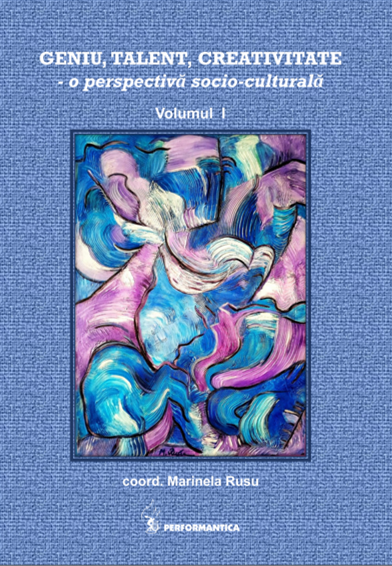CREATIVITATE ȘI CONȘTIINȚĂ
CREATIVITY AND CONSCIENCE
Author(s): Liviu-Adrian Măgureanu
Subject(s): Social Sciences, Psychology, Individual Psychology, Cognitive Psychology, Personality Psychology
Published by: Biblioteca Ştiinţifică a Universităţii de Stat Alecu Russo
Keywords: consciousness; creativity; flow; unconscious;
Summary/Abstract: This paper proposes an understanding of human creativity that calls for a new paradigm. It integrates matter and consciousness coherently. Human creativity cannot be reduced to a way of thinking. It includes diverse experiences generated by perception, feeling, thinking, intuition. Amit Goswami (former professor of physics at the University of Oregon in Eugene and author of the best-selling textbook "Quantum Mechanics") calls it the "comprehensive paradigm". It is "the science inside consciousness". The paradigm is built on the conception that the foundation of all living things is consciousness. From this perspective, creativity is fundamentally a phenomenon of consciousness expressing new possibilities. On the other hand, one way to see that ingenious solutions come from areas that are hard to reach by the conscious mind is to listen to people as they describe how ideas come to them. If we try to understand these descriptions, we see that the creative process springs from the unconscious rather than emerging as a conscious process. The person is usually in some kind of reverie or dissociative state, when the mind wanders freely and thoughts and images float uncensored. During this fluid time, the brain is probably working intensely, despite the subjective feeling of reverie and relaxation. Research in modern neuroscience tells us how the connections within oneself are made when the brain is working. They tell us 'where', but not 'how'. How can a random process eventually lead to something meaningful? How does the brain think? These are questions that are still being answered.
- Page Range: 23-31
- Page Count: 9
- Publication Year: 2022
- Language: Romanian
- Content File-PDF

